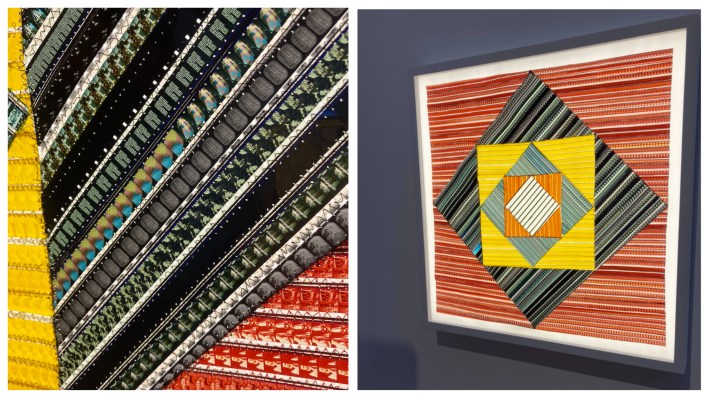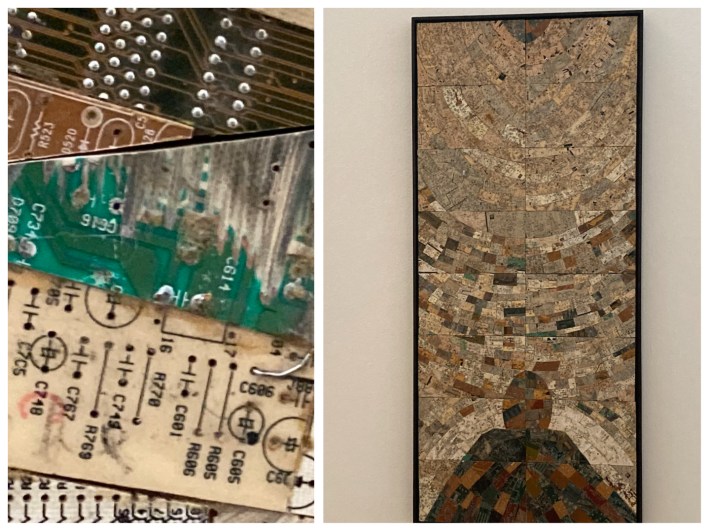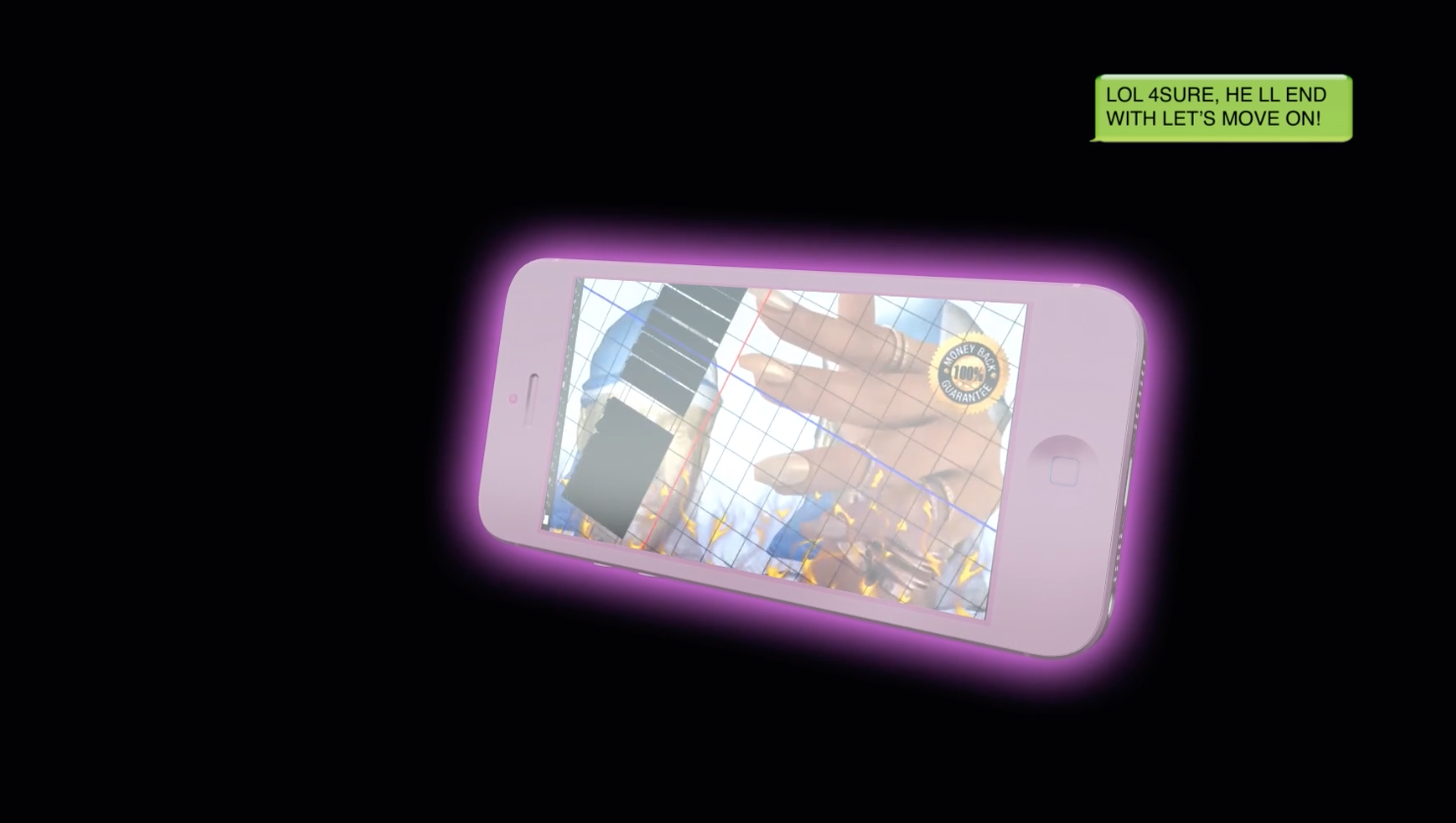“Message from Our Planet: Digital Art from the Thoma Collection” was still being installed during the Weisman’s media preview on Tuesday afternoon. Two guys on a scissor lift were setting up a piece up near the ceiling, works were turning on and off as technicians figured out sound and lighting kinks, and a fellow journalist wandered through, snapping pics.
This is a normal scene in the days leading up to a public opening, but this time it felt especially fitting, as technology is a sometimes transcendent, often befuddling tool for communication that is always in flux, and you can see this directly in the pieces featured in the show.

The traveling exhibition features 18 works created by artists/artist groups, many BIPOC, from the U.S. and around the world. (The original roster included 19 pieces, but UVA’s New Dawn was deemed out-of-order upon arrival. Technology!) Pieces range from “old” (1995) to relatively new (2020). The collection includes projections, 3D printed objects, sculpture, and lots of digital videos that are often as soothing to watch as they are unsettling.
“‘Message from Our Planet’ was inspired by the interstellar time-capsule Voyager 1, a spacecraft containing a record of human culture launched into outer space by NASA in 1977,” explains curator Jason Foumberg. “I wanted this group exhibition to evoke a similar multivocal message by artists who share a human desire to be understood across time and space.”
If you ever played simulated life juggernaut The Sims, you may find yourself drawn to Skawennati’s TimeTravellerTM, a multi-video series that uses Second Life software to travel through the historical trauma and triumphs of Indigenous peoples. It’s a trip, literally, as a time-traveling Mohawk woman from the future learns about history from her people’s perspectives while also hanging out, meeting new people, and engaging in some cybersex. The Metaverse wishes.
French-born Tabita Rezaire’s Sorry for Real features a ghostly hovering mobile phone that takes calls from the Western world as it apologizes to African descendants for its centuries-spanning crimes against humanity. Whoever’s on the other side isn’t buying its bullshit, however; sarcastic text bubbles frequently pop up as a robotic voice claims to atone for mass genocide. “LOL 4SURE, HE’LL END WITH LET’S MOVE ON!” one response reads.
Other pieces employ technology to create works generally associated with the past. Sabrina Gschwandtner uses 16mm craft documentary films discarded from FIT to create a quilt square. Matthew Angelo Harrison’s Braided Woman is a 3D-printed sculpture that recreates a type of ancient African mask, using technology to bring back a piece of the past that has been destroyed or lost through years or colonialism.

Our legacy of trash is also a thread here. Ethiopian artist Elias Sime uses fragments of motherboards dumped in his country from the West to create striking collages, while Chinese artist Hong Hao has documented 12 years of garbage in one tragically fascinating collage.
Fans of ASMR (if you know, you know) may want to stop and stare at Brian Bress’s Astronaut (Pat on pastel double lines) for a bit. The digital video features the American artist in a spectacularly odd all-white space costume as he draws doodles on the glass screen between us. What is he going to draw next? What meaning is the astronaut trying to convey? Experience what it’s like to be lulled by uncertainty.
"Message from Our Planet: Digital Art from the Thoma Collection" opens this week with a party on Thursday night (February 9) from 7 to 11 p.m. Tickets are $25 for non-WAM members. However, the show, as well as the rest of the Weisman, is free admission otherwise. You can check it out in the galleries through May 21.







